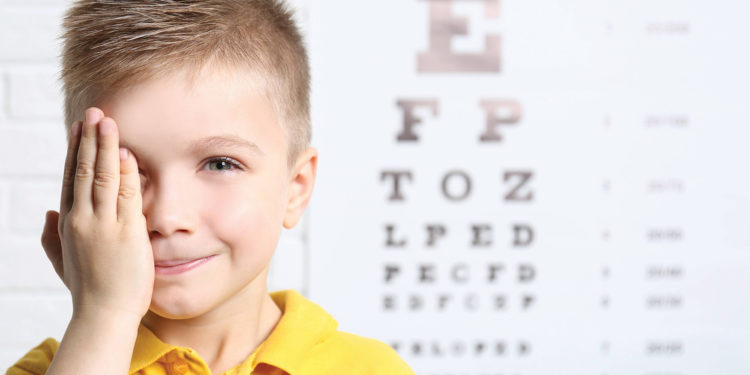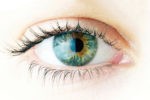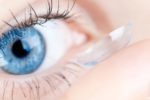Children’s Eye Health

Raising Our Eye-Q
When we think of children’s health and safety, vision health and safety are generally not the first things to come to mind. Yet, we should keep eye health near the top of our list of concerns.
Eye injury and impairments are some of the most common problems in children with over 25% having some form of impairment and an average of 42,000 eye injuries are reported each year. August is Children’s Eye Health and Safety Month, and it is a great time to renew our collective vision for children’s eye health. Vision plays a critical role in children’s development and injury or uncorrected vision can lead to impaired development, impede learning, and can lead to permanent vision loss. This makes early detection and correction critical.
Regular Exams Should Start Early
Many parents commonly believe that children are mostly immune to eye problems and that eye health and vision screenings are not necessary until the child is preparing to enter school. Contrary to this belief, the American Optometric Association reports that 1 in 4 children already wear or need glasses prior to entering school. Since vision functioning is a strong predictor of academic performance in school-age children, the AOA recommends regular vision screenings starting by age 3, or earlier if the child exhibits signs of a vision problem.

Identifying Common Eye Problems in Children
Strabismus is one of the most common eye problems in children with more than 3 million cases per year. This condition occurs when both eyes do not look at the same place at the same time. Causes of strabismus can include nerve injury or dysfunction of the muscles controlling the eye. It is a commonly held misbelief that children can outgrow the condition however, Strabismus is likely to grow worse without proper treatment.
Another common condition is Amblyopia, with more than 200,000 cases diagnosed each year. This problem occurs when nerve pathways between the brain and an eye aren’t properly stimulated and the brain favors the other eye. According to the AOA, the condition is not self-correcting and the later treatment begins the longer it takes and may become less effective.
Nearsightedness, or Myopia, generally first occurs in school-age children and can continue to progress into adulthood. While common, the exact cause of myopia is unknown. There is significant evidence that many people inherit myopia, or at least the tendency to develop myopia. Studies show that if one or both parents are nearsighted, there is an increased chance their children will be nearsighted. Even though the tendency to develop myopia might be inherited, its eventual development may be affected by other factors, such as eye strain. For example, children who spend considerable time reading, using digital devices, or doing other intense close visual work may be more likely to develop the condition.

Digital Technology and Eye Health
Children today have had access to digital devices their entire lives and are prevalently used in both the home and school. While technological advances enhance our lives, the long-term use of digital devices is yet to be seen.
According to a 2015 survey conducted by the AOA, 41% of parents say their kids spend three or more hours per day using digital devices, and 66% of kids have their own smartphone or tablet. In a study that measures technology use among children 8 years old and younger, Common Sense Media reports that the amount of time young children spend on mobile devices, such as smartphones and tablets has tripled in the last four years. Astonishingly, today children and teens age 8 to 18 spend an average of more than seven hours a day looking at screens. While there is no long-term evidence yet that excessive screen time contributes to serious eye conditions, there is evidence it contributes to vision strain which can also impair a child’s vision functioning at least temporarily.
Getting On Board for Eye Safety
Eye injuries are another serious area of eye health. In children, most eye injuries are sports and play related. The National Eye Institute estimates that an emergency room in the United States treats a sports-related eye injury every 13 minutes and calls eye injury the leading cause of blindness in children.
Fortunately, most eye injuries can be completely prevented through the use of proper, and properly fitted, eye protection. However, most youth sporting organizations do not require the use of eye protection. Part of the eye health and safety awareness initiative is to help educate parents, coaches, and others on the importance of eye safety so they may become advocates of the use of protective eyewear during sporting activities.
It is easy to take vision for granted and think of it only when a problem arises. We should not, however. Our children’s sight is a precious commodity and must be protected at all costs. Do your part by promoting early comprehensive eye exams and the use of eye protection to prevent injury.
Sources: Prevent Blindness, preventblindness.org






